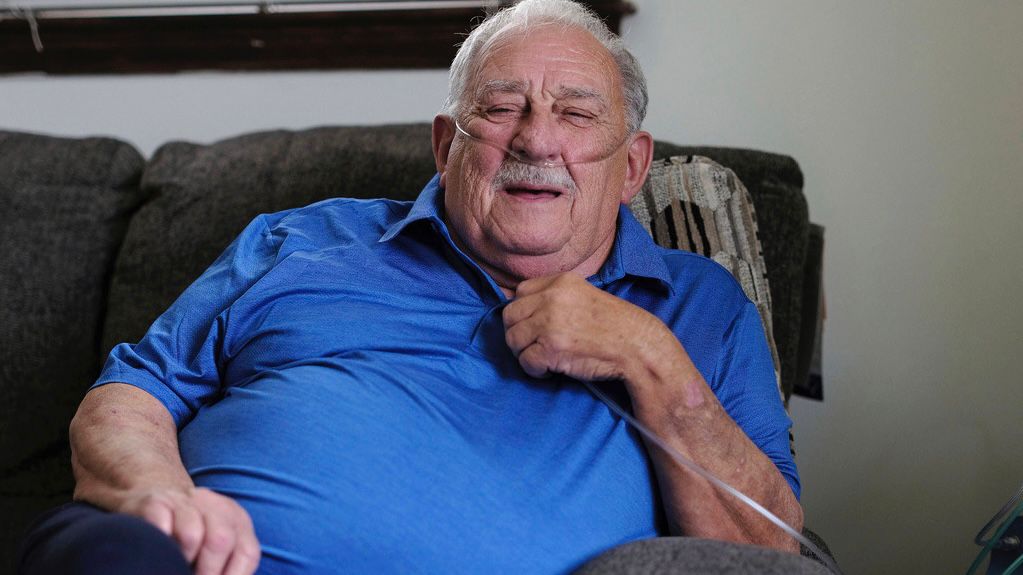Miners who have long been exposed to dust particles that cause lung diseases have new protections. On Tuesday, the U.S. Labor Department announced it finalized a rule to reduce miners’ exposure to silica dust.
“It is unconscionable that our nation’s miners have worked without adequate protection from silica dust despite it being a known health hazard for decades,” Acting Labor Secretary Julie Su said in a statement.
Crystalline silica is generated by cutting, sawing, grinding, drilling and crushing stone and rock, according to the Occupational Safety and Health Administration. About 100 times smaller than a grain of sand, the silica is easily inhalable. A known carcinogen, silica dust that is inhaled may cause lung cancer, chronic bronchitis, kidney disease and other serious, oftentimes irreversible medical conditions such as black lung, according to the CDC's National Institute for Occupational Safety and Health.
Saying such diseases are preventable, the Labor Department announced the proposed rule last summer. According to OSHA, about 2.3 million U.S. workers are exposed to silica in the workplace.
The final Labor Department rule focuses on prevention by lowering the allowable exposure limit of inhalable crystalline silica. If a miner is exposed to a higher level of silica dust, mine operators are required to take immediate corrective actions under the new rule.
To comply with the lower exposure level, mine operators need to sample dust and conduct evaluations to monitor exposure levels. They must also provide free health examinations to their miners.
A spokesperson with the National Mining Assn. told Spectrum News its members are still reviewing the rule, “but we fully support the new, lower limits contained in the rule and are absolutely committed to working to improve the health and safety of our miners.”
The spokesperson said NMA had recommended mine operators allow “for the use of administrative controls and personal protective equipment to supplement and enhance engineering controls. Unfortunately, those recommendations were not included in the final rule.”



